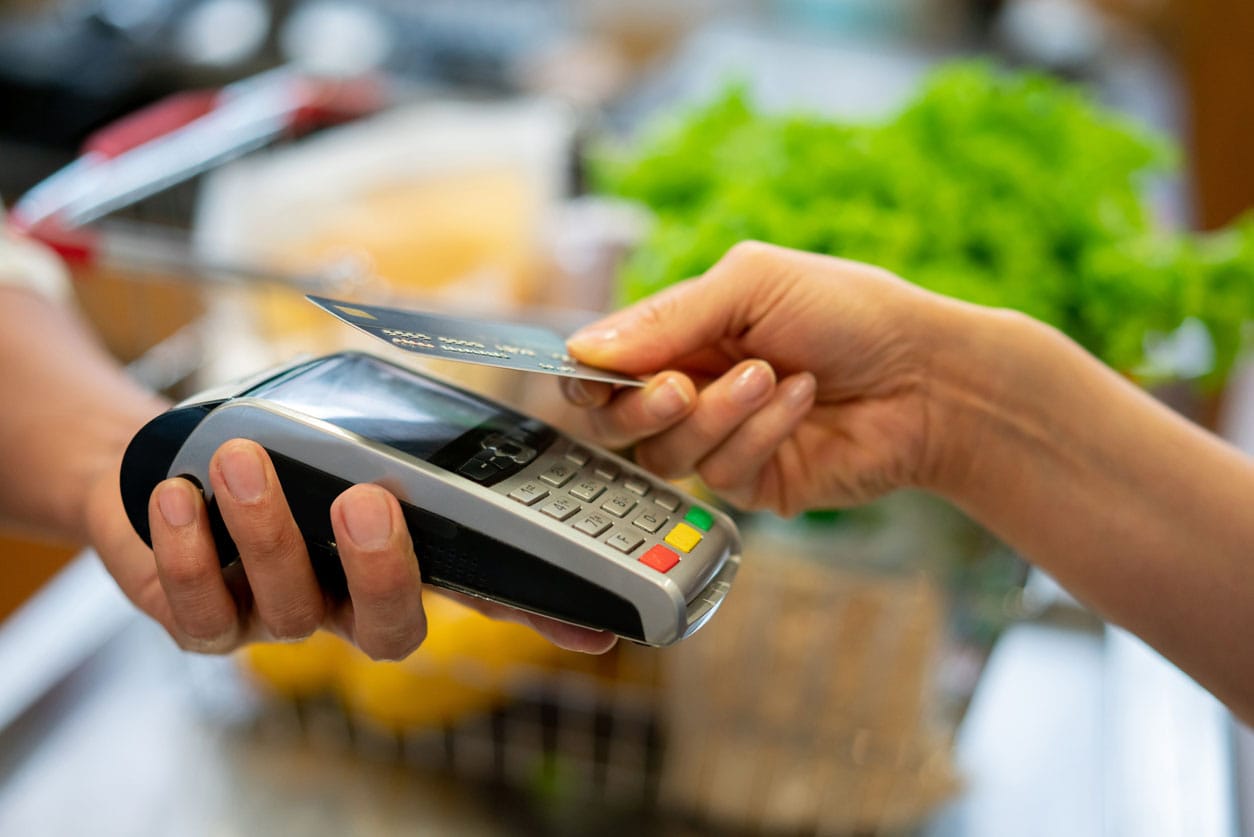What Is a Credit Card Number?
5 Min Read | Last updated: January 7, 2025

This article contains general information and is not intended to provide information that is specific to American Express products and services. Similar products and services offered by different companies will have different features and you should always read about product details before acquiring any financial product.
Credit card numbers may seem random, but each digit serves a specific purpose, like identifying the credit card issuer, the card network, and more.
At-A-Glance
- Your credit card number is a set of digits that can be seen on the front or back of your credit card.
- Credit card numbers can act as identifiers that point to an industry, a lending institution, and more.
- There are important steps that you can take that can help to keep your credit card information safe, helping to protect you from fraud.
Your card number is a unique identifier assigned to your credit card that allows you to make purchases and access credit. It can consist of 15 to 16 digits and follow a specific format. In this article, we’ll look at how your credit card number works.
How Do Credit Card Numbers Work?
Your credit card number is a set of digits that can be seen on the front or back of your credit card. Often, the digits can appear in sets of four. Your credit card number may appear random, but it is anything but! Your credit card’s digits are coded to identify your credit card’s network, the card issuer, and the unique card itself. When you use your card, the card’s information is processed by a payment processor that verifies the account with the card issuer, facilitating a transaction.
What Do Credit Card Numbers Mean?
Your credit card’s digits each have a specific purpose. Here's a look at how each of these digits break down:
The First Credit Card Digit
If you look at the credit card in your wallet, it may start with a 3, 4, 5, or 6. This first number is called the major industry identifier (MII) number, and it shows the primary industry associated with the card or card issuer. The 3 through 6 range represents MIIs most used by the majority of personal credit card issuers. Some other MII examples include 1, designating an air travel and financial services issuer, and 7, which is primarily used for cards issued in the petroleum industry.1
The Second Through Sixth Digits
The next five-digit set of numbers is called the issuer identification number (IIN) or the bank identification number (BIN). These numbers refer to the credit card company that issued the card, and also identified which payment network the card belongs to.2
The Seventh Through 14th or 15th Digits
This section immediately follows the IIN. The individual account number is assigned by the card issuer and is unique to each credit card account. However, keep in mind that your account number and card number aren’t the same.3
While the MII and IIN let merchants know what institution the money is coming from, this section can tell them which accounts may be charged.
The Last Digit
The individual account number is immediately followed by the “check digit.” If you’ve ever wondered why a minor typo doesn’t accidentally charge someone else’s card when making an online purchase, it’s because of this check digit. This last number serves as a quick check to determine whether a credit card number is legitimate.4
Most credit cards may use a public domain formula, called the Luhn algorithm, to verify accounts. It’s a fairly simple calculation that, put simply, involves adding up each digit of the card number in a particular manner. If the sum ends in a zero, the card passes the algorithm and is a potential credit card number.
It’s important to note that the Luhn algorithm isn’t designed to protect anyone from fraud or theft. Instead, it gives most merchants, especially automated ones like online retailers, a quick way to protect against accidental errors, such as accidentally typing a 5 instead of a 6 or entering an extra number.
The Other Numbers Found on a Credit Card
When a credit card is used over the phone or online, the buyer may be required to put in the “CVV” or “CV2” code alongside the card number. This card verification value can act as an added security measure and may appear as a three or four-digit number on the front or back of the card, depending on the specific card and card issuer.
Other common numbers found on credit cards include the card’s expiration date, as well as the card issuer’s customer service phone number.
How to Keep Your Credit Card Number Safe
Keeping your credit card number safe can be important for helping to prevent fraudulent activity on your account. Here are some tips that may help you secure your information:
- Use Strong Passwords
Create a strong password for online accounts that include a mix of letters, numbers, and characters. Be sure to update them regularly. - Enable Two-Factor Authentication
Whenever available, enable two-factor authentication (2FA) for your accounts for extra security. - Shop on Secure Websites
When shopping online, ensure the website URL begins with "https://" and look for a padlock icon in the address bar before you enter your card information. - Avoid Entering Your Card Details While Connected to Public Wi-Fi
Avoid entering your credit card information when connected to public Wi-Fi networks, as they can be insecure. - Set Up Alerts
Enable transaction alerts through your credit card issuer or bank so you can be notified of any charges made to your card. - Use a Virtual Card
For online purchases, many digital wallets and mobile payment apps can create temporary virtual credit card numbers that create a bridge between the seller’s and buyer’s full account information.
The Takeaway
Credit card numbers contain unique identifiers that can inform a merchant about what industry the card is from, what financial institution issued the card, and even the card itself.
1,2,3,4 “Credit card numbers: What do they mean?,” The Associated Press
SHARE
Related Articles
How to Activate a Credit Card
Learn how to activate a credit card online, with the issuer app, or by phone, and choose the most convenient credit card activation method for you.
What is a Contactless Credit Card?
It looks like a sideways Wi-Fi icon, but what is the contactless symbol on a card, and what makes contactless credit cards so secure? Find out today.
What to Know About Credit Card Expiration Dates
All credit cards have expiration dates, but why? Here’s what to know about how long credit cards last, why they expire, and what happens after they expire.
The material made available for you on this website, Credit Intel, is for informational purposes only and intended for U.S. residents and is not intended to provide legal, tax or financial advice. If you have questions, please consult your own professional legal, tax and financial advisors.












